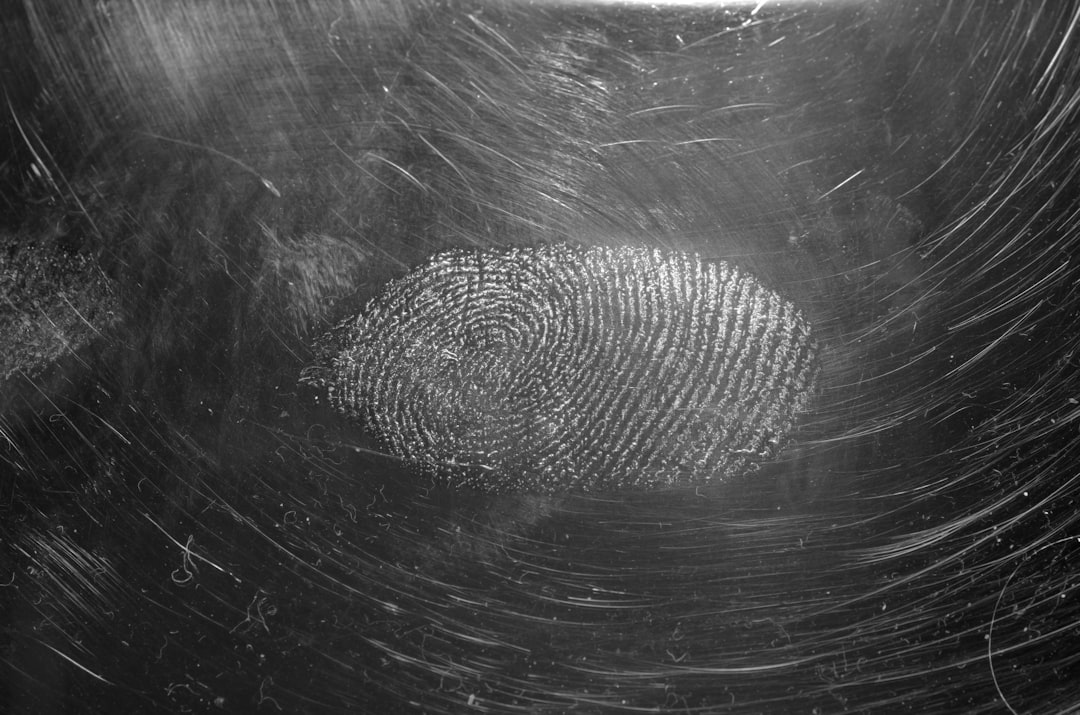What is it about?
Assessment strategies are one of the vital components of the curriculum and help accomplish learning outcomes. Therefore, it is critical to design and validate appropriate assessment methods according to teaching objectives. Of course, one cannot be fully assured that students are learning everything that has been covered in the curriculum. Therefore, curriculum developers need to carefully plan their teaching, learning and assessment strategies while designing the curriculum. We aimed to construct an OSPE tool that could assess the clinical facial anatomy knowledge of non-surgical aesthetic practitioners in a simulated environment.
Featured Image

Photo by OC Gonzalez on Unsplash
Why is it important?
Several reasons are discussed in the literature for a decline in anatomy knowledge, including a change in the assessment methods. Conventionally, extended matching questions (EMQs), multiple-choice questions (MCQs) and short answer questions (SAQs) were utilised to test cognitive abilities such as recall and recognition during anatomy teaching. 7 ‘Objective structured practical examination’ (OSPE) was introduced to further enhance the learning in a clinical context. OSPE is regarded as the gold standard since it allows for the simultaneous examination of theoretical knowledge and procedural along with practical skills. In addition, OSPE has been proven to measure higher cognitive skills such as critical thinking, reasoning, interpretation and relating the clinical conditions to structural or surface anatomy.
Perspectives
Our current work establishes OSPE as a reliable tool for evaluating NSA trainees’ clinical facial anatomy knowledge. In addition, questions based on clinical scenarios help promote critical thinking and reasoning in trainees to address the given problem. As medical education moves towards a competency-based model in other specialities, a novel OSPE that tackles critical clinical scenarios must be developed for inclusion in a specialist postgraduate medical curriculum.
Dr Narendra Kumar
University College London
Read the Original
This page is a summary of: OSPE for non‐surgical aesthetic training programme, The Clinical Teacher, July 2022, Wiley,
DOI: 10.1111/tct.13515.
You can read the full text:
Contributors
The following have contributed to this page










